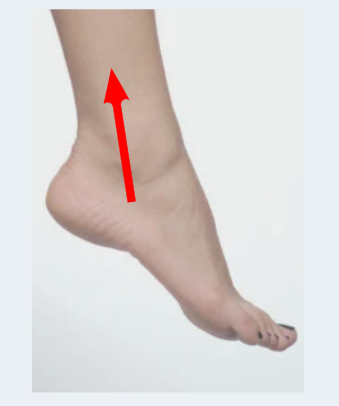Some facts about foot drop
This week to come we celebrate National Philanthropy week with the climate world wide never have we needed more philanthropists to enrich our world. For all their hard work our feet too walk on average just over 5000 steps per day and there are many things that go awry especially as we age.
We will look at a condition colloquially known as ‘foot drop’ but is a much more multilayered condition.
Foot drop is a muscular weakness, numbness even paralysis making it difficult to lift the front part of the foot and toes. As a result, people with foot drop may drag their toes on the ground or slap their foot down when walking also known as a HIGH STEPPAGE GAIT.
This condition can cause difficulty in walking and increases the risk of falls.
Causes of foot drop
- Nerve Compression: Compression of the peroneal nerve, which controls the muscles that lift the foot, can occur due to factors such as wearing a leg cast, crossing legs for extended periods or sitting in a position that puts pressure on the nerves.
- Peripheral Nerve Disorders: Conditions like peripheral neuropathy, where peripheral nerves are damaged, can lead to foot drop. Diabetes is a common cause of peripheral neuropathy.
- Muscle Disorders: Certain muscular diseases or disorders, like muscular dystrophy, can weaken the muscles in the leg, including those responsible for foot movement.
- Nerve Injuries: Injuries to the nerves in the leg, often due to trauma, can cause foot drop. Common causes include sports injuries or accidents.
- Brain and Spinal Cord Disorders: Diseases or injuries affecting the brain such as stroke, or spinal cord such as herniated disc can disrupt signals to the muscles, leading to foot drop.
Prevention of Foot Drop
- Maintain Healthy Lifestyle. Conditions like diabetes, which can cause peripheral neuropathy, can be managed through a healthy lifestyle, including regular exercise and a balanced diet.
- Avoid Prolonged Pressure. Avoid sitting in positions that put prolonged pressure on the knees or crossing legs tightly for extended periods to prevent nerve compression.
- Regular Exercise. Engage in regular exercises to maintain muscle strength and flexibility. Focus on exercises that promote balance and strengthen the leg muscles.
- Proper Footwear. Wear appropriate footwear that provides support and comfort. Avoid high heels, which can strain the muscles and nerves in the legs.
- Injury Prevention. Take precautions to prevent injuries, especially during sports or physical activities, to avoid trauma to the nerves in the legs.
- Regular Check-ups. Individuals with conditions like diabetes or neurological disorders should have regular check-ups with healthcare providers to monitor their overall health and address any emerging issues promptly.
Did you know? That some comic book characters, like Iron Man, have depicted foot drop raising awareness about the condition amongst comic fans.
Are you suffering from any foot condition? At The Chelsea Clinic, we can help. One of our podiatrist can assist and then recommend what treatments are best to get you back on track. Podiatrist South Kensington
Schedule an appointment here or you may call us at +44 (0) 207 101 4000.
We hope you have a feetastic day!
-The Chelsea Clinic and Team




